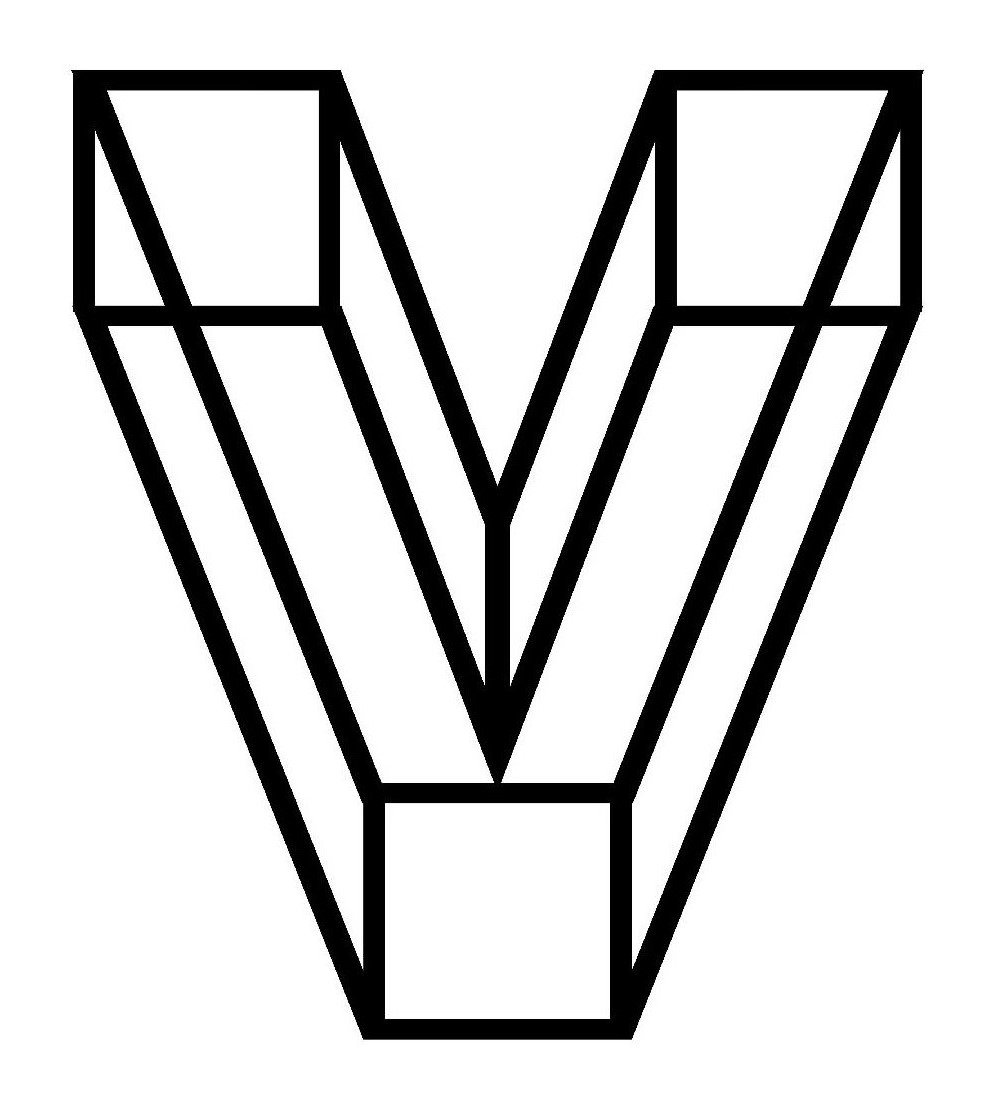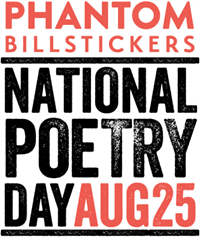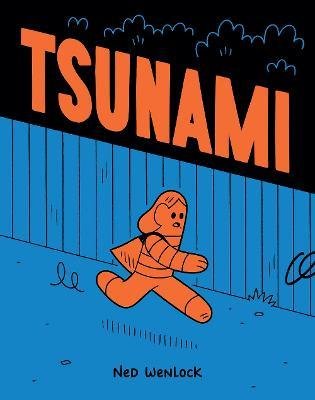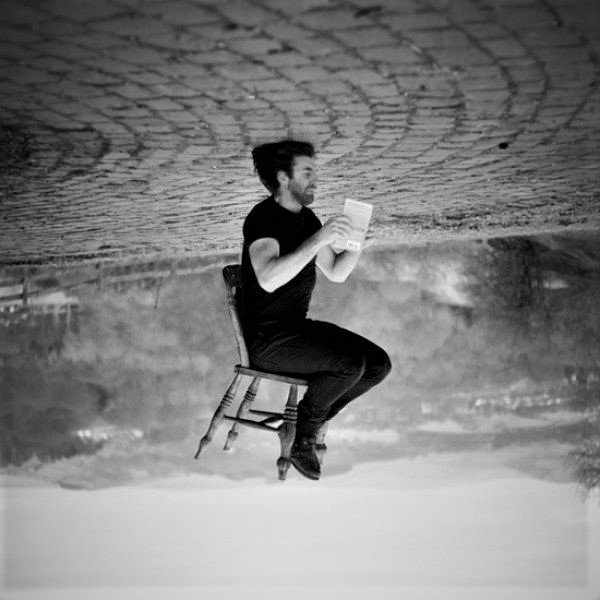The Long Take by Robin Robertson
A beautifully crafted novel, The Long Take is an epic narrative poem by renowned Scottish poet Robin Robertson. Kicking off in New York, 1946, it follows the life of Walker, a recently returned soldier. A survivor of D-Day, Walker is displaced by trauma, unable to return to his family, his life, and his love in Nova Scotia. His life, like that of many others he encounters, has been turned inside out, and he carries a burden, a guilt he can not discharge. Unemployed, a friend suggests fronting up to a local newspaper, The Press, which is looking for reporters. Walker joins the city news desk, reporting on crime and street politics. Walker’s affinity with the streets, living on the edge, and contact with skid row leads to an assignment to document the lives of the poor and homeless: an investigative piece of work that takes him to LA and San Francisco. As we travel across America with Walker and along these cities’ streets over a decade, we are given an insight into the lives of the disenfranchised and into the impact of war trauma on a nation and an individual. Add to this the politics of the 40s and 50s — the era of cronyism, McCarthyism and mob rule, organised crime, and state corruption — the novel is a cutting indictment of the ‘American Dream’, the rise of the automobile and the impact this had on communities (highways and parking lots that killed communities), the falsity of war as a democratic tool, and the injustice to those who fight for freedom yet become victims of power. It’s also a hymn to the film industry of this period — to film noir; the images and language of these films cleverly interweave with the tone of the streetscape and the atmosphere of the novel. Walker is a compelling man, a man who carries a history that he feels can only be understood by his comrades in arms, by those who have experienced similar trauma. He dulls his building emotional disintegration with liquor and by keeping his distance - never becoming entangled in relationships. His work colleagues find him unreadable, and those he has the most affinity with live on skid row, particularly Billy Idaho — a well-read street philosopher who helps those he can survive the streets. Walker, like Idaho, is kind and has compassion for his fellow humans: he is an anti-hero that we empathise with — an outsider who will get under your skin. Through the keenly observant Walker, we experience the city, its people, and its neighbourhoods. We see desperation, violence, and the strength of community. For Walker, burying his trauma is never going to be a solution. Violence simmers at his edges and guilt plays on his conscience, and as the decade progresses his past haunts him. Robertson’s writing is wonderful: evocative, enchanting, raw, and affecting. From narrative verse — descriptions of the cityscape and dialogue between characters — to hard, almost unbearable, staccato-like images of war, to lyrical memories of Walker’s childhood and life in Nova Scotia, the poetry has clarity and visibility yet never removes the reader from the story. The Long Take is a novel about us now just as much as it is a filmic exposé of post-war America, exploring issues of poverty, racism, fascism, and freedom. Powerful, inventive, and uncompromising.



























































